For brands to deliver marketing that is relevant and impactful to the modern consumer, a deeper understanding of key behaviors and identifying characteristics is paramount. A retail company, for example, could offer more relevant and personalized experiences to their customers if they understood places they shop, how they spend their time outside of their physical and digital walls, and if they are likely to be parents or pet owners. Yet many of these insights are not available in a brands first-party data view.
Marketers know that data initiatives will help them expand this view, but are not always clear on how to deliver. Investment, resources, data privacy and access are often perceived roadblocks, but data collaboration can help solve for many of these challenges.
In general terms, data collaboration is the practice of creating privacy-safe partnerships to enhance data assets and create added value for all collaborators. Data collaboration brings together data from various internal and external sources to unlock insights unique to the combined data set. In today’s marketing landscape, it is an essential practice as greater emphasis is placed on first-party data and data privacy.
The Benefits of Data Collaboration
The primary benefit of data collaboration is that each party can enrich their first-party data, unlocking insights that might not otherwise be possible, especially as market consolidation continues in the data marketplace. Many brands have also found that scaling their first-party data can be challenging, and collaboration is one way to address this hurdle.
With access to new data attributes, brand marketers can begin to find interesting ways to apply the derived insights. Customer acquisition via audience targeting is one often cited use case, but much more can be done. Improving predictive analytics, developing tailored events, optimizing campaigns, and establishing more relevant brand partnerships are all examples of ways collaborative data can impact broader operations.
Then there are the business-level benefits. Brands must be able to respond to evolving consumer and regulatory expectations, and data collaboration provides the transparency, control, and flexibility necessary to responsibly innovate.
Considerations for Data Collaboration
Collaborating on data is a valuable and worthwhile endeavor, but there are things that marketers should be aware of when planning and executing.
Some of the key considerations include:
- Identifying the right partner(s): The right partners may be obvious, but not always. A clear understanding of the strengths and weaknesses of first-party data assets will help marketers know where there are gaps. That information can be used to establish a list of data needs and the potential partners who can help. Remember that it is a two-way street though, and the partner must also recognize value.
- Scale: The full value of data collaboration is dependent upon the coverage between the data sets. Once the right partnership has been identified, collaborators will have to perform data testing to understand the percentage of their assets that overlap. While match rates can be higher or lower, 25-30% is about average. Keep in mind the use cases as this will help determine if the scale of the resulting matched data set is acceptable.
- Resources: Establishing and maintaining productive partnerships will require resources from marketing, IT, legal, data science, and others. Make sure that all teams understand the objective, goals, and timing so that collaboration initiatives can hit the ground running.
How to Collaborate
Enabling data collaboration can be done in a few ways, and one of the most popular is by using a clean room. A centralized data clean room is a safe, private environment, often created by a third-party, to share data among collaborators. Collaborators using clean rooms should do their due diligence so they know their data is safe and that the highest levels of privacy are upheld throughout the entire process.
In a clean room, collaborators integrate their data and records are matched with attributes from other data sources including companies, partners, and other aggregators. The higher the volume and quality of data contributed to the clean room, the better the resulting insights will be for all collaborators.
Another popular data collaboration option is made possible by joining a data cooperative like Alliant. Cooperatives anonymize and aggregate brands’ first- party data into a second-party data asset. In this process, a brand’s first-party data is first and foremost permissioned by the consumer, and then anonymized and stripped of personally identifiable information (PII) in a dedicated environment, protecting consumer data and each brand’s business information. The result is a privacy-compliant, stable, second-party data asset maximized for analytics and enrichment capabilities.
With the right cooperative you are part of a community of marketers that value the same things you do − smarter, data-driven marketing, increased ROI and consumer privacy. The robust infrastructure of cooperatives enables safe and efficient data sharing among members and opens access across the ecosystem. Often, they’ll facilitate partnerships with additional third-party enrichment sources and distribution to platforms, publishers, service bureaus, and even walled gardens.
Aligning Data Collaboration with Business Outcomes
To effectively assess the impact of data collaboration, it is essential to define the desired outcome at the start of the initiative. While goals may shift over time, ensuring the strategy remains focused on the desired business outcomes with measurable results will determine the success of data collaboration strategies.
Want to learn more about data collaboration and how it leads to better customer experiences? Reach out to the Alliant team to learn about data collaboration tools and how to take advantage of secure, privacy-compliant options for data enrichment.







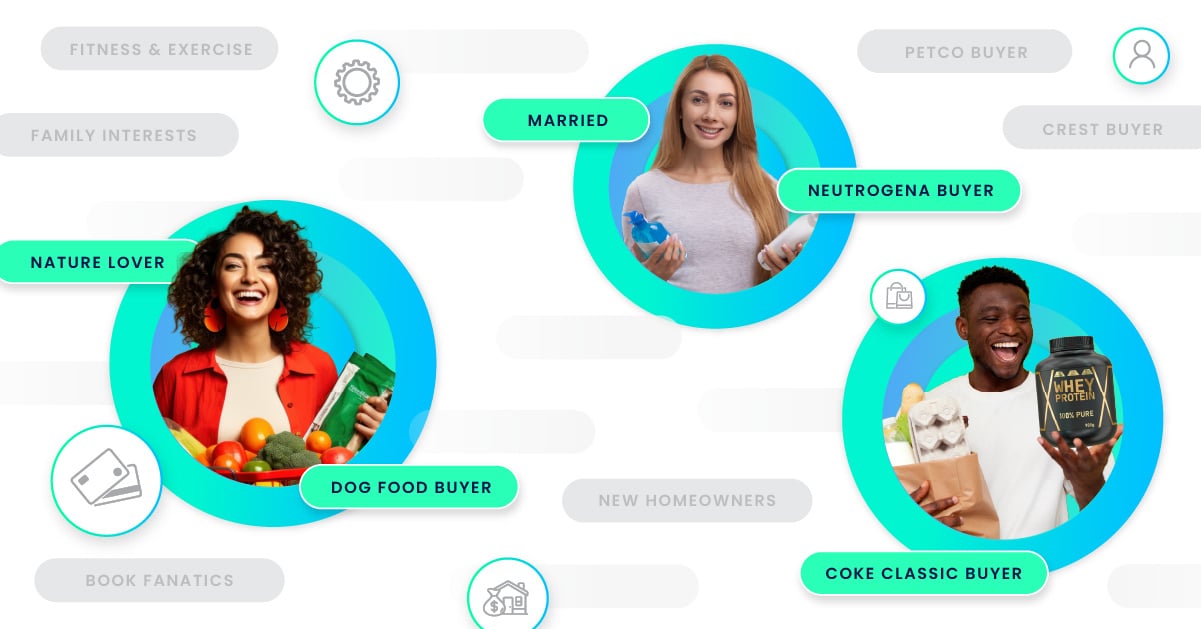







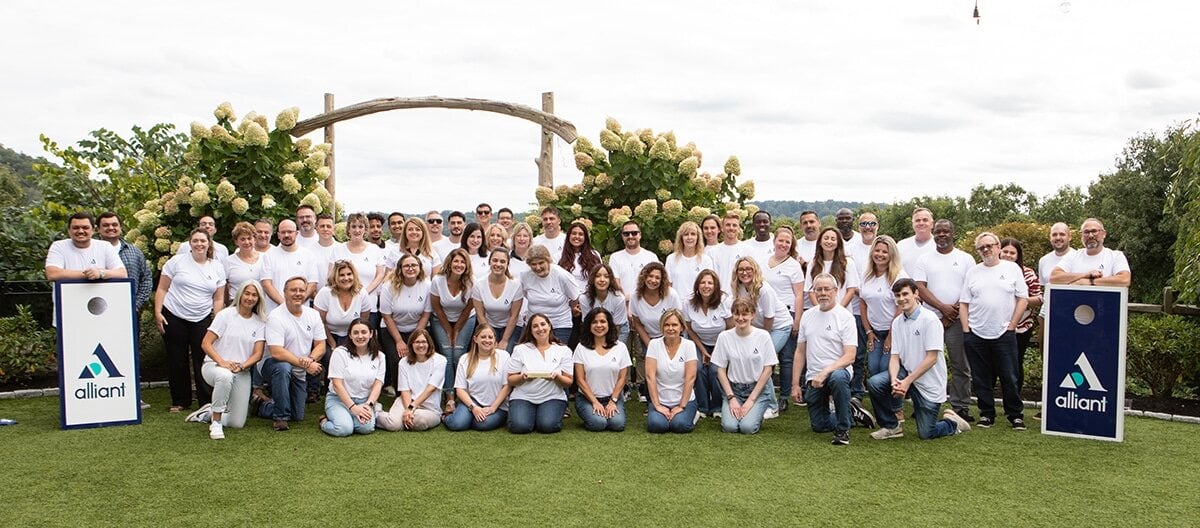



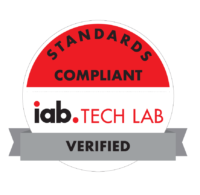
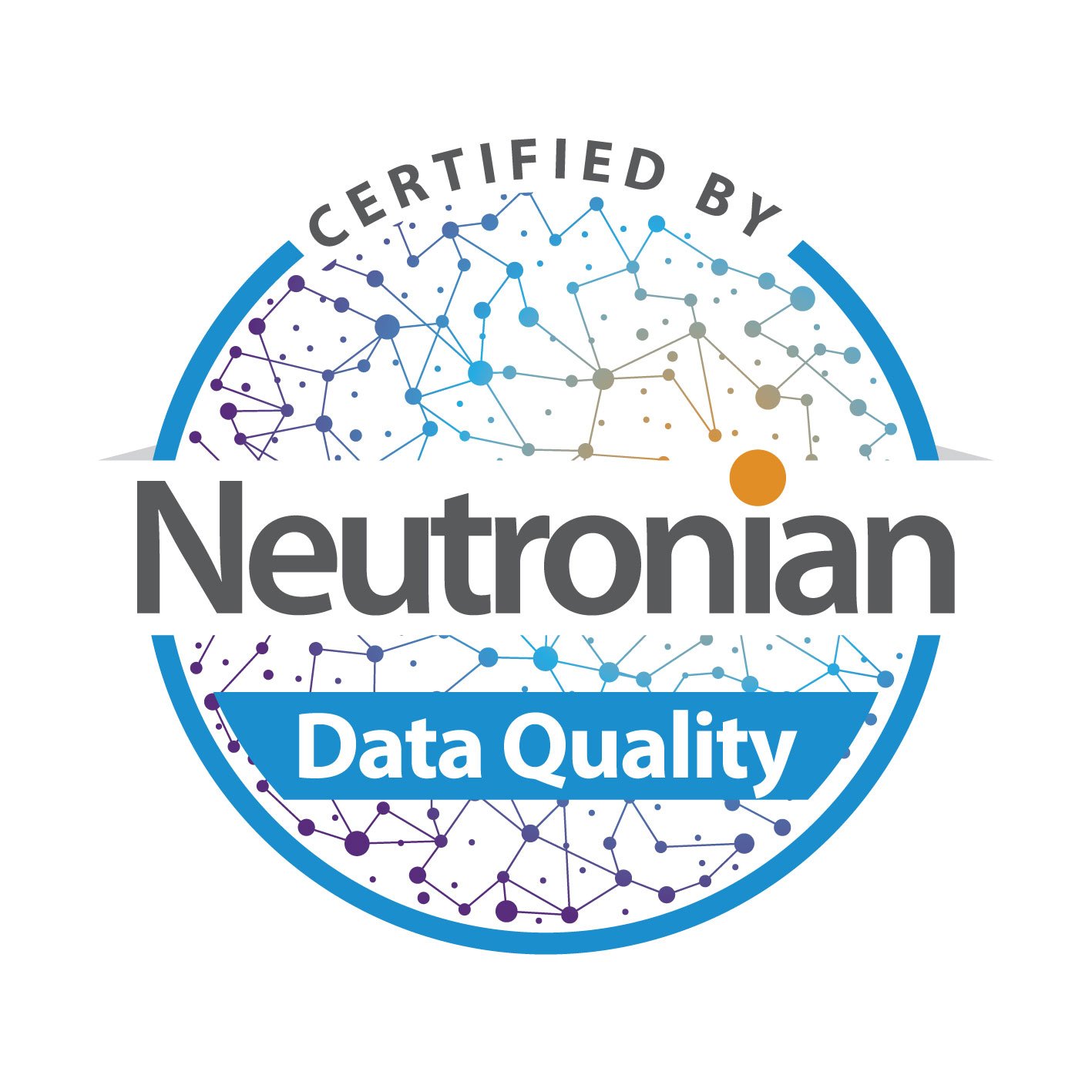
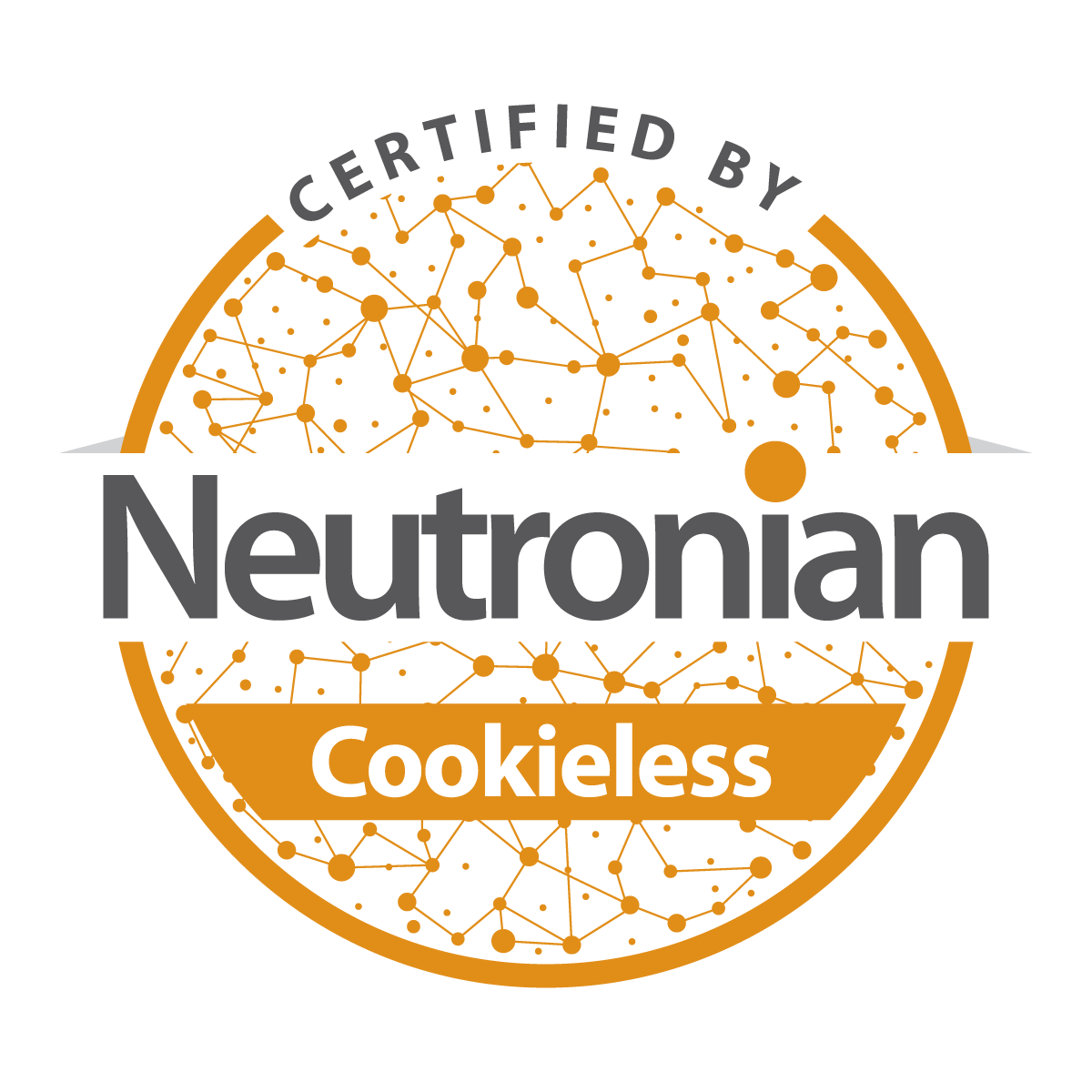
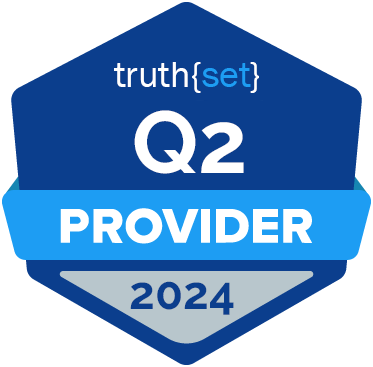





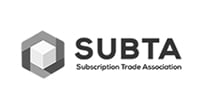

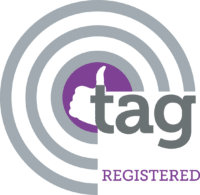
Submit a Comment